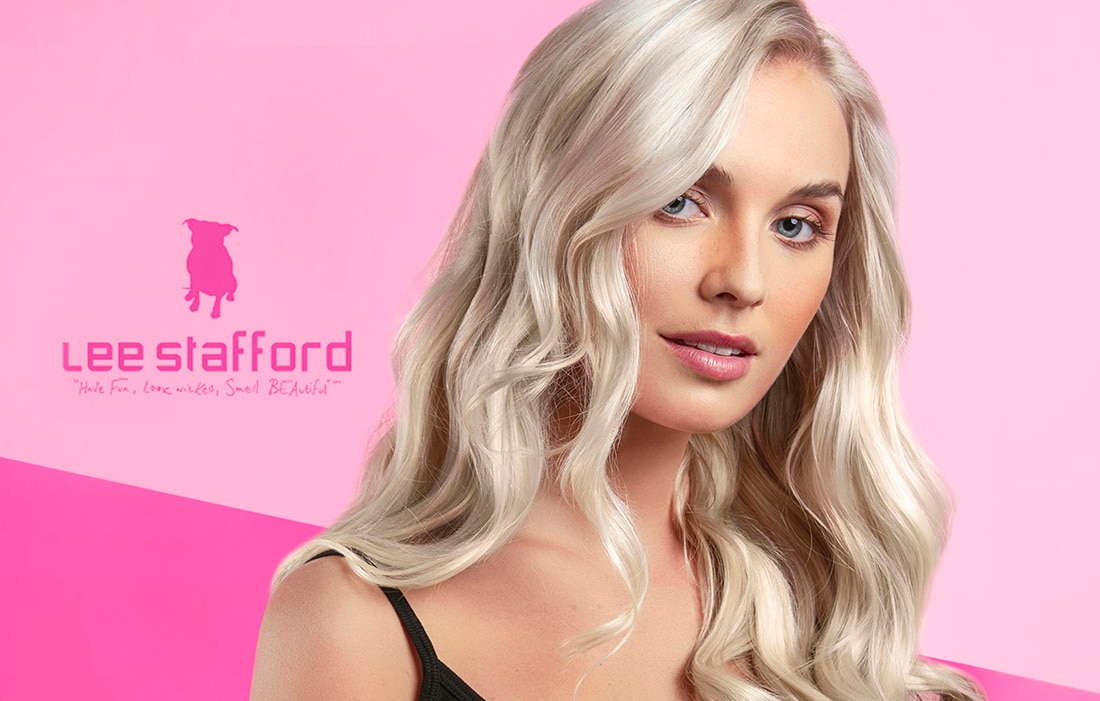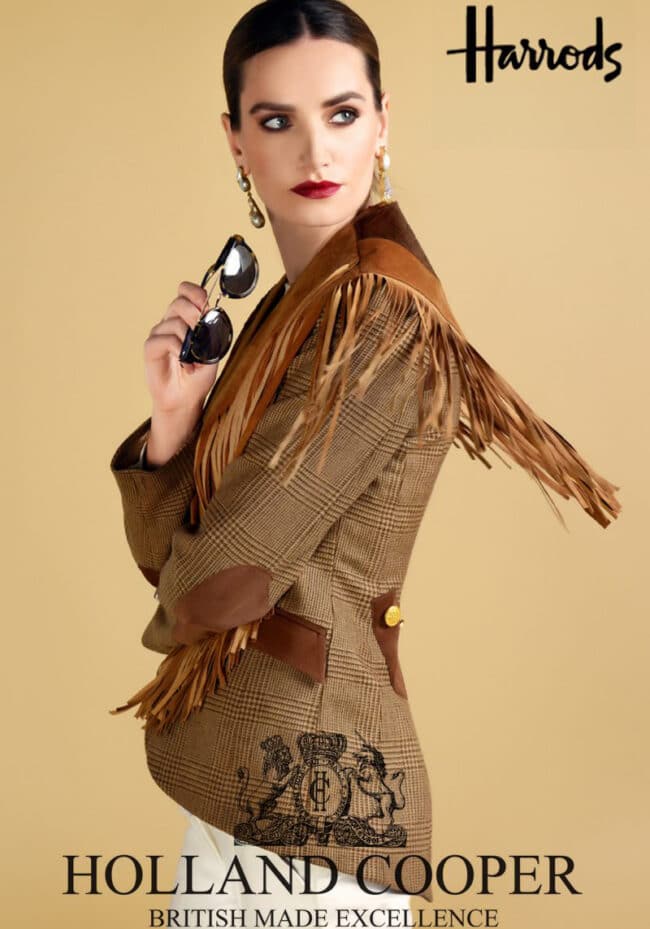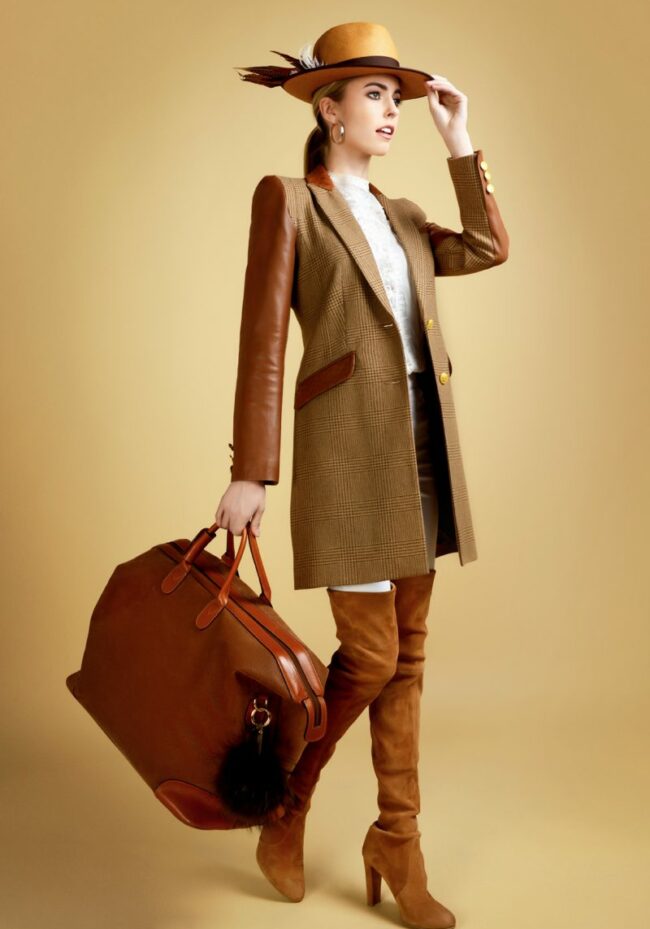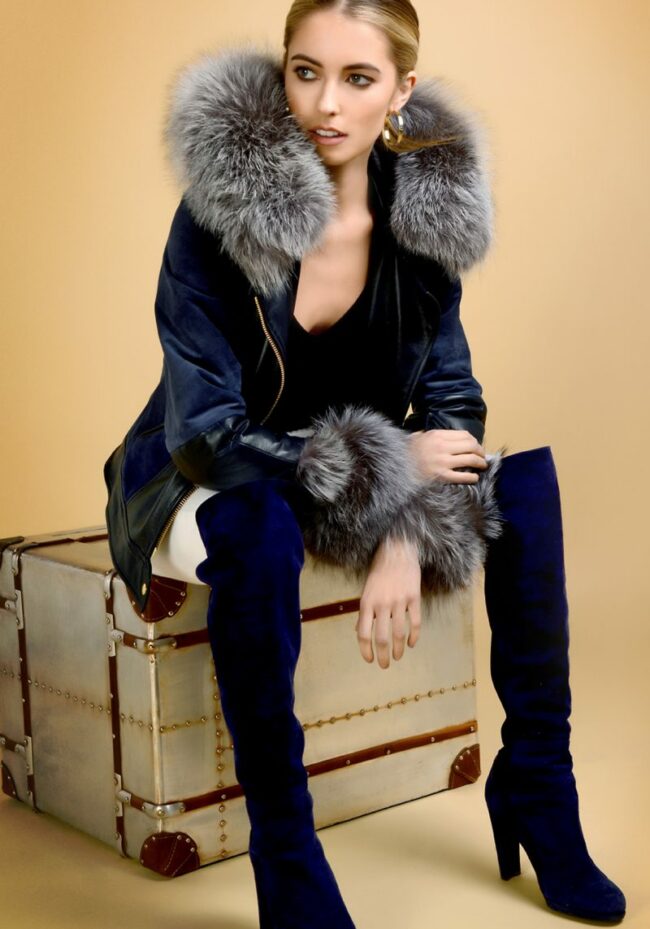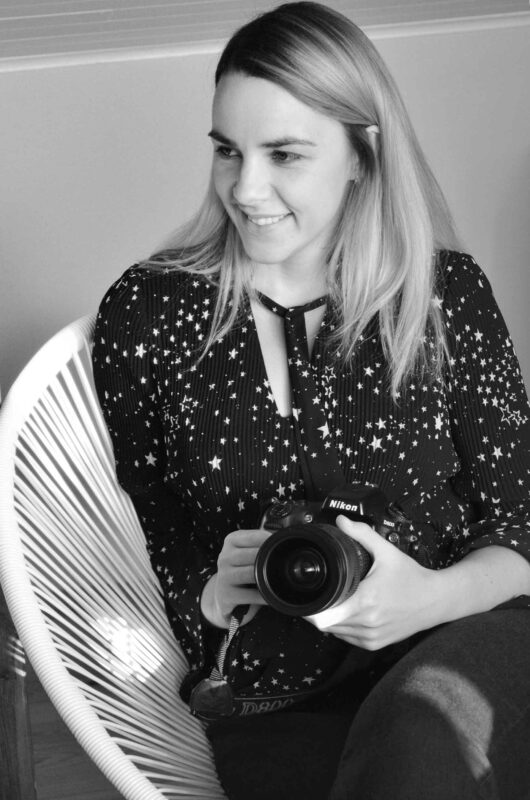Why I believe a Commercial Photographer is so Important in 2020 & Beyond
Commercial Photographers Like Me are a Must if Brands Want to Succeed
If you’ve browsed the Internet, used social media or read a magazine today – you have consumed the work of a commercial photographer.
To help best illustrate what exactly a commercial photographer is I’ll use my favourite subject, fashion! Let’s imagine you’ve just opened your own boutique, selling clothes you have designed and made. You want to market your designs online and showcase your beautiful new store! But, you decide to take all the photography with your iPhone, yourself… Now, unless you’re some kind of mobile photography whizz-kid, the shots you take are really not going to show off your work and could seriously impact the attractiveness of your business. You need a commercial photographer to come in and help you show the world how amazing your garments and store is.
Commercial photography is of course not limited to just fashion, it is in essence images that are used to sell, advertise or market a business, a product, a service, a person or persons. Could be anything. From your new local cafe to a corporate law firm in the City. In order to sell something, be it a physical product or not, businesses need commercial photography.
Here is an example of one of my commercial advertising photoshoots for a dating app client Attractive World:

As a commercial photographer in London myself, I have always maintained that there is something more to the images I shoot than just advertising. A good photo with a meaningful message or story can help impact peoples lives, or at least brighten their day! If you live in London and you use the tube network for example, just think about all the imagery you see on a daily basis and how sometimes an amazing photo can almost stop you in your tracks (pun intended) or bring a smile to your face on the 7am commute! That’s powerful and if it helps sell the latest almond milk at the same time, I’m OK with that!
The broad definition of commercial photography above gives a general outline, but there are various types of professional photography within the genre that require different types of photography skills. I’m going to break it down into subsections, share how you can become a commercial photographer and be successful!
What Does a Commercial Photographer Do?
Commercial photographers have an understanding of people and commercial markets. They are experts in capturing the right image to make an impact. A beautiful image isn’t necessarily a great commercial picture. Exceptional images don’t always get the right response. That is one of the skill sets of the commercial photographer. They will strive to understand a brief, a business, the products or services and vision in order to capture an image that will effectively promote someone in the best possible way. Their goal is simply to grow a brand or business.
The Different Areas of Commercial Photography
There are lots of different niche areas in commercial photography such as fashion, food, portraits, architecture etc. Each field requires a particular expertise and skill set in order to promote a business. Below is an overview of just some of the main areas in commercial photography.
Fashion Photography
For most people, this is their definition of commercial photography. Fashion or Beauty photography can be shot in a studio or outdoors and involves a paid model showcasing a product. Personally, I believe this is an area of photography that demands the most skill. A fashion photographer in London performs a balancing act whenever he or she is behind the camera. In order to get the best shot you to need to make sure the model is posing as requested, so you need good directional skills and confidence. Alongside this, you need to make sure that the garments are looking their best on this ever moving ‘mannequin’, meaning your eye is always across the whole image. Throw lighting into the mix and suddenly there is a lot to think about! Fashion photography is the perfect example of how even pictures taken for the purposes of promoting or selling something can still be highly artistic and impactful.
Here is one of my fashion photoshoots shot for Holland Cooper for instore campaign in Harrods:
Product Photography
Product photography focuses on sharp images that tell a story while highlighting the particular designs main selling points. Typically, this type of photography is shot in a studio on a backdrop and used for advertising, promotional materials or for online stores. Doing this type of work requires a familiarity with working in a studio environment as the control of lighting is key to getting the desired look of the product.
In addition to shooting campaigns with models I sometimes shoot product photography for my clients, see below my product photography shot for Revival Retro:

Portrait Photography
Ever since the invention of the camera, we have had portrait photography. Thankfully nowadays, subjects posing for their headshot no longer need to pose for hours on end in-between shots! Portrait photography has an important role to play in marketing and some commercial photographers specialise solely in this field. Portrait photography tends to focus on headshots in the studio with an emphasis on the face and expressions, whereas commercial portrait photography tends to be situated within the working environment. The art in portrait photography is showing the viewer what type of person you are and the role you fulfil, whereas for the later it’s about showcasing the type of environment the business would like to portray. Headshot sessions are usually quick and fun, but they require the photographer to create an instant connection with the subject and give them directions on posing in a limited time frame. Not always as easy as it sounds!
Here is an example of one of my commercial portraits shot for dating app Attractive World:
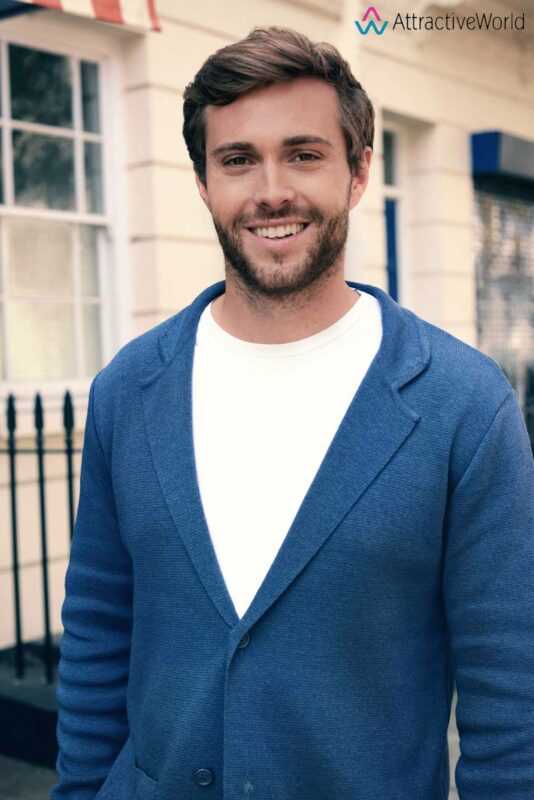
Food Photography
These days we are all amateur food photographers! I’m sure at least one of your friends is constantly filling up your Instagram feed or Whatsapp group with pictures of their creations! But it can be a great niche to do as a professional!
A food photographer will usually work in partnership with a food stylist (yes that is a real job & it sounds like a dream one!) in order to get the food looking its best for the camera. This type of work also involves editorial restaurant shots, this means being quick to set up your equipment in a restaurant during a set time frame. At the same time, you need to create lighting that makes the food look enticing yet natural.
Event photography
An important aspect of most commercial projects or businesses is event photography. We live in a world where content is king and generating fresh, exciting imagery that showcases just how vibrant your brand is today, is extremely valuable. From product launches to company celebrations, event photographs capture a snapshot of a business that can be used either in print on marketing materials or online for social media/website.
A good commercial photographer will help people to present themselves in the best way possible. They will have the expertise to capture images that promote your business in the most positive light. Depending on the type of business, an event photographer can become a part of an ongoing marketing campaign and be used on a regular basis.
Architectural photography
Most businesses will require an image of their offices, factory or place of work. Photographing this environment is a specialist skill so if you own a business, don’t be tempted to take a photograph of the premises yourself – as you may find your beautiful office space looks more like a dungeon, than the Google inspired interior you designed! A poor image of your premises will have a really detrimental effect on how you are perceived. Beyond taking pictures of offices, architectural commercial photographers also shoot pictures of the city a specific company is based in. This helps to really set the scene for who this company is and what type of community they are a part of.
The Skills I Need as a Commercial Photographer to be Successful
Commercial photography is an exciting yet very competitive industry. Some of the world’s best known photographers are commercial photographers and to be one does not mean you cannot be creative, it demands creativity. You will need to come up with ideas quickly and execute them efficiently in order to impress your client on the day. The degrees of creativity involved may vary depending on the job, but being a commercial photographer is never as simple as just turning up and shooting.
Create a network
As a commercial photographer, having a network of solid professional relationships is vital. Not only is it good for referrals, but it also serves as a good pool of resources. Need a studio for the day and your client has no connections? Having someone reliable & ready to rent you a space will improve your work and impress a client. The same goes for stylists, make-up artists and lighting guys. Having a network within the industry is essential and can also make your working day so much more fun and productive. This network also extends to the clients you work for too. Recommendations speak loudly in the commercial photography business, so always do the best you can on the day, because you never know where that job will take you.
A good place to create a network is on Production Paradise. A photographer directory where my work is featured too:
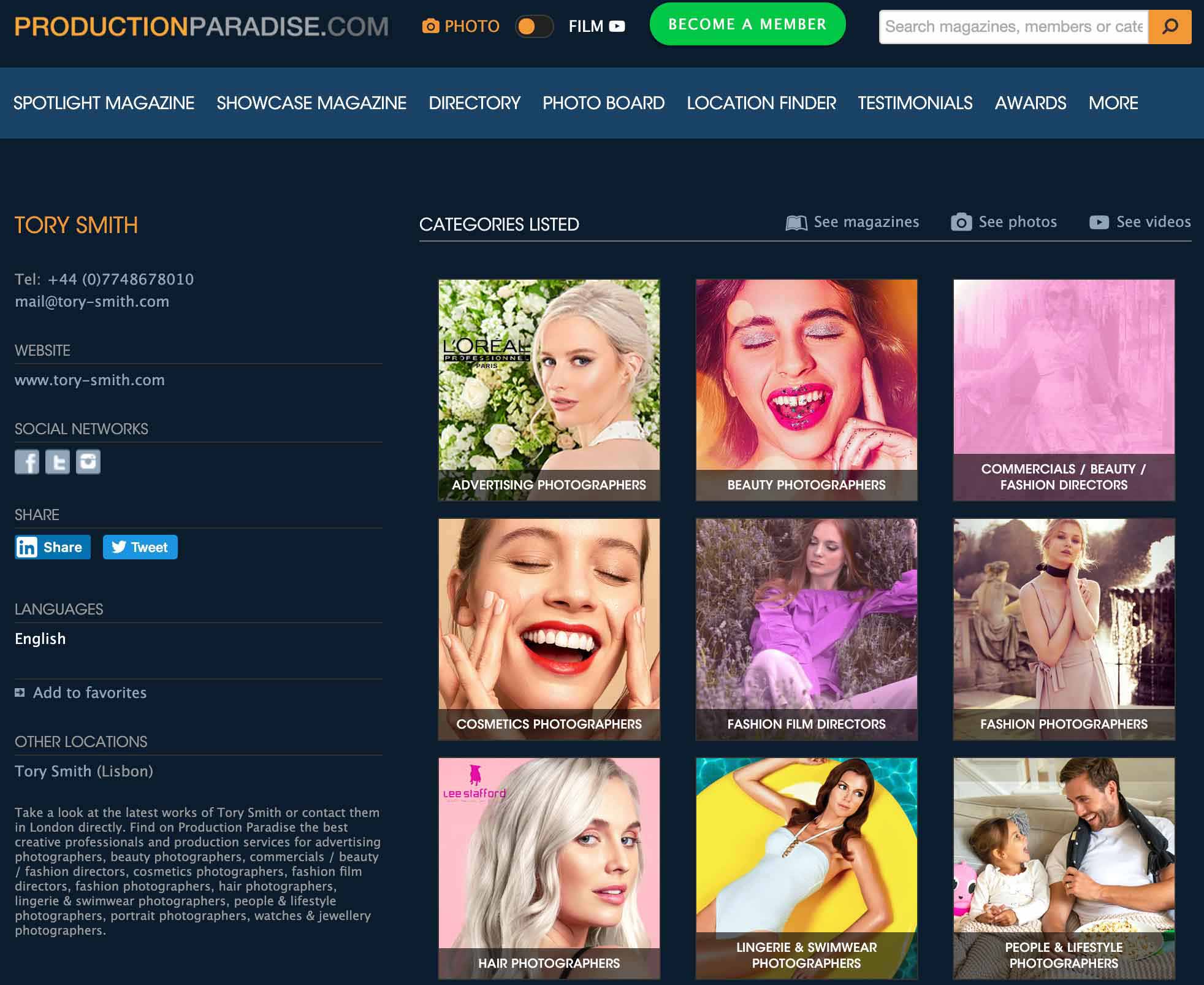
Keep your equipment up to date
In general, good photography depends on the skill of the photographer and not the equipment. However, commercial photography is a little different. To compete in an intense and very demanding market you need to make sure all of your equipment is up to date. You may find that what was once an industry-standard a year ago, is no longer applicable. Commercial photography often involves printing. Having a camera with the highest number of megapixels you can afford is an absolute must. Sharpness is also important, so make sure your lenses are equipped with the best glass. If you can’t afford the latest photography equipment, don’t panic! You should be able to use one of the arms of your industry network and rent what you need from a supplier.
See more about the type of camera and equipment you’ll need to become a professional photographer here.
Many commercial photography job postings and castings will require an equipment list from you. Be ready to send them what you work with. This isn’t exclusive to camera gear. Clients may also ask you what editing software and computer you use.
Discover your personal style
To be a commercial photographer you do need to stay on top of the trends, in order to deliver a set of shots that is current. But to truly stand out from your competitors, you need to offer something different too. This can be in the form of your personal style, unique concepts or methodology (nothing too crazy though!). It is important to be aware of your client’s needs and vision for the shoot, but think of how you can depict their product in a way they would never have thought of. A client usually has a specific purpose in mind when requiring photography for commercial use. So keep this in mind and experiment in moderation, so that your work still fits your client’s purpose for hiring a commercial photographer.
Bringing your artistic voice into your work will undoubtably attract more jobs that compliment your style. You’ll get more jobs that you enjoy and do well in, a win-win for you and your client!
Your portfolio has to air tight
As I have mentioned in previous posts, your portfolio is one of the most important tools you’ll need in the industry. Making sure you have a solid body of work should be one of your top concerns if you want to be a photographer in any field. This is especially true if you would like to become a commercial photographer. The industry is heaving with photographers trying to break in, so having an enticing, up to date portfolio will help to set you apart from the rest.
I have gone into more detail about how to create your portfolio here. Suffice to say you need to make sure you only showcase your best work whilst including a variety of styles, subjects and themes. This may take time to build up when you’re starting out, so its down to you to take on free work or create your own projects in order to fill up your portfolio.
Working with a Commercial Client
If you’re quickly scrolling through this post because you already got your first client, congrats! Now what, what’s next? As a commercial photographer in London there are a few vital things to keep in mind when you are talking to a client. Not setting out a few basics before you begin a job can dramatically alter the success rate of your shoot, and your paycheck!
Get a very clear idea of what the client needs
From the off you need to be transparent in your communications, highlighting any issues and asking questions that will help you deliver on the day. In general, a commercial client is more likely to be ticking certain boxes than in other forms of photography – so you need to make sure their expectations are met.
Does your client need a set number of photos?
Do they have a hard limit on their budget that may affect how much you can do for them?
Do they have a tight deadline?
What sort of specific shots do they already have in mind and must get?
Do their requests need any special props, locations, wardrobe, consultants etc?
As you progress you will find that there are many other questions to tack onto the end of this list, but for now don’t forget the above!
Nail down your quote to include all possible costs
It’s a common occurrence for clients to ask for extra things during the preparation for a shoot and on the day. This can be extra assistance, items to be shot or simply involve more time. Its down to you to stay strong and submit a quote that is fair to you and the client. Alongside this, be careful when and how you quote for the job. You need to make it clear that if extra costs arise, the quote you have given may increase. This is where transparent communication comes in. The client will normally accept the cost if it is pointed out as you progress, but if you simply decide to slip it in on your final invoice, they won’t be too happy or possibly refuse to pay. When creating your initial quote, you may want to include a base rate that assumes certain items. Then show them line by line items that may bring additional costs. That way its down to them to decide what to include and what not, based on their own priorities.
Photo usage and rights
The use of commercial photography is very different from engagement shoots or family portraits for example. These shots will undoubtedly be used purely for decoration on someone’s wall or screensaver. They will not be used to sell anything. What this means is that your rates need to be reflective of the proposed usage of the shots. For example, your client may be simply using a portrait shot on their social media or website. Or on the other hand, your architectural photography could be used in a brochure to sell a million pound office space. Your rates and your process needs to reflect the intended use. The portrait client will also not require images at such a high resolution as the office space seller, as their images may be used in print and possibly on billboards. Getting this clear from the start will remove any awkward or damaging consequences down the line, when your images simply don’t fit the purpose. Again, be clear and concise from the outset.
That’s it! I think you’re ready to go out into the world of commercial photography! Just remember that, like in so many things, preparation is key. Obviously things can go awry on the day, it happens. But preparing for those mishaps, getting as much information as possible and being transparent with your future client will stop an accident, becoming a nightmare.

